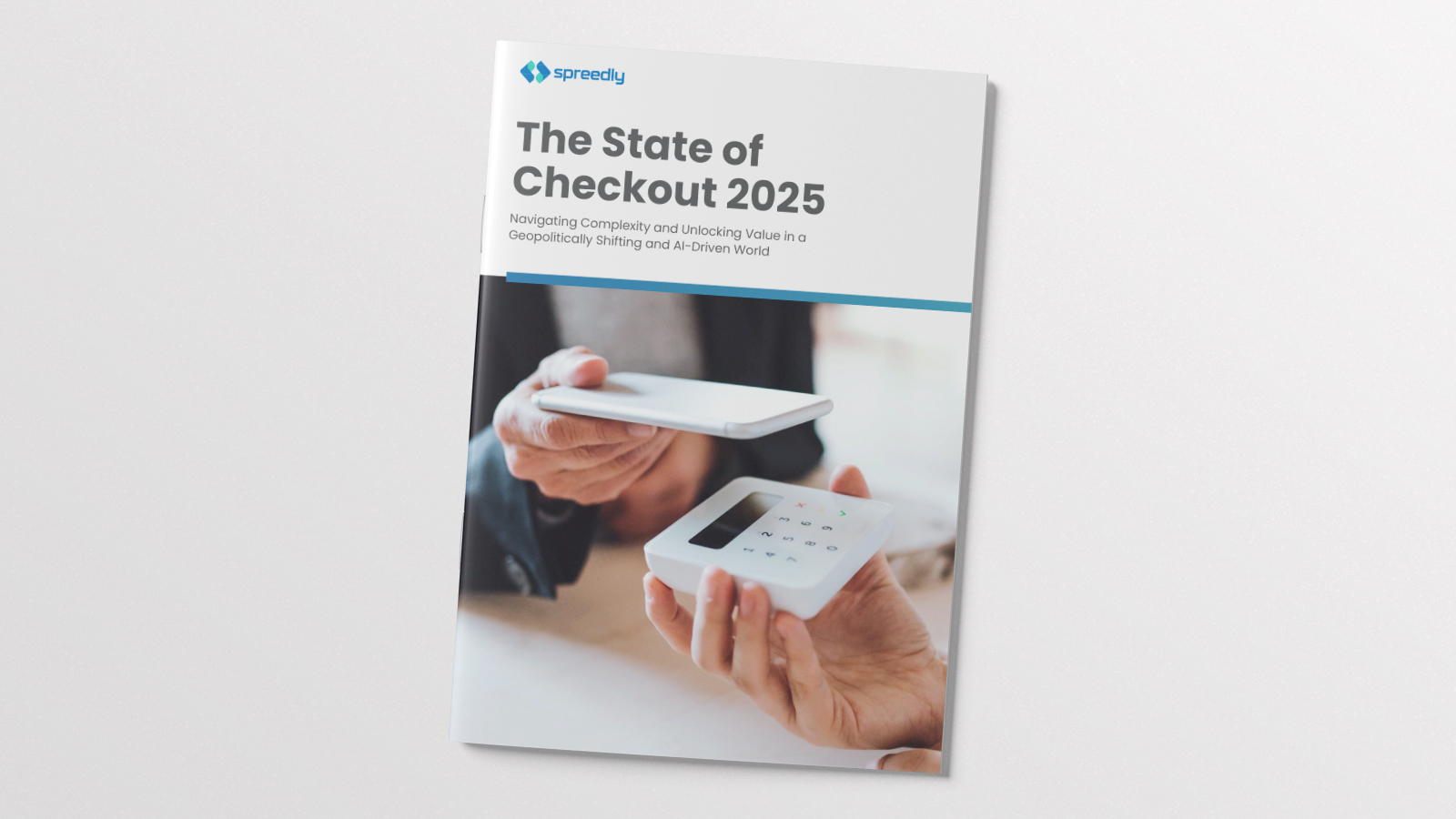
Payments orchestration is the key to the optimization of a company's payment stack in today's e-commerce ecosystem. But a very crucial decision remains: whether to build payments orchestration in-house or to purchase a third-party orchestration platform. This blog will dissect the debate between build vs. buy and discuss how company resources, technical complexity, and long-term goals all come into play when decisions need to be made.
What is Payments Orchestration, and Why Is It Essential?
Payments orchestration involves seamlessly integrating and easily managing different PSPs and payment methods centrally via one API. This enables a company to enjoy increased flexibility, better routing rules, reduced technical debt, and easier handling of the payment channel. However, as the companies grow, the requirements of the payments also change; this mostly leads to a point where a company has to decide whether to build in-house or buy any third-party orchestration platform.
Key Considerations for Build vs. Buy Decisions
1. Evaluate Your Core Business Goals
First, understand your company's main goals. Are you looking to scale quickly, reduce overhead on operations, or cut costs? Your corporate goals should drive this decision. For instance, a company seeking to expand into multiple countries may opt for an orchestrator that has already integrated with many PSPs, saving the company both time and resources. Those looking for full customization, on the other hand, would most likely prefer development in-house as they are able to tailor the solution to suit very specific requirements.
2. Assess Your Organizations Available Resources and Expertise
One factor to consider is the availability of resources and capabilities within your organization. Building an orchestration solution requires deep technical knowledge of payments, APIs, regulatory compliances, and infrastructure management. Buying an existing solution can save considerable time and costs where your engineering team may lack the specialized knowledge needed; this is especially so for organizations where payments are not their core business focus.
In-house builds require regular grooming, from PCI compliance to evolving card brand mandates. Underestimating this may overburden businesses with increased resource utilization for an in-house build, thus incurring unforeseen costs.
Pros and Cons of Building Your Payment Orchestration Solution
Advantages of Building
- Full Control: By developing your orchestration solution, you gain complete control over features, user experience, and the timing of updates. This is especially beneficial when there are strict, unique technical requirements or a special niche market requirement for the company.
- Internal ownership: You're on an in-house solution and are not dependent upon a third-party provider's roadmap or the limitations of their platform.
- Tailored Innovation: Companies can define the velocity and trajectory of their payment stack while directly aligning features of payments with company objectives.
Challenges of Building
- High Initial Costs: Developing and implementing an in-house payment solution requires significant upfront capital for development, testing, and compliance.
- Resource Drain: Companies often underestimate the ongoing resource needs for maintenance, scaling, and adding new integrations to their payment systems.
- Technical Complexities: Payment orchestration is inherently challenging, backend complexities often impact the frontend experience due to poorly integrated payment stacks.
- Underestimating Maintenance Needs: Many companies start by building a basic in-house orchestration but quickly become overwhelmed by the ongoing demands of regulatory changes, security mandates, and integration maintenance.
- Overlooking the Impact on the Customer and Back-Office Teams: Inadequate payment integrations can harm the customer experience. At the same time, a third-party orchestrator can enhance service delivery and back-office operations like refunds and dispute management.

Benefits of Buying a Payment Orchestration Solution
1. Faster Time-to-Market
This allows corporations to take new payment functionality to market faster by partnering with an orchestration provider. Instead of months of development, an orchestration solution provides pre-built connections and an easy API integration that enables rapid scaling into new markets or adding local payment methods.
2. Reduced Maintenance and Compliance Burden
A third-party payment orchestrator takes on the heavy lifting for compliance with PCI, card brand mandates, and other regulatory requirements, saving companies from a huge resource drain caused by these complexities. For example, companies can reduce the strain on their internal teams by outsourcing such ongoing tasks to free up more time for growth or customer-facing innovations.
3. Enhanced Customer Experience
Fragmented payment experiences will not help in gaining the trust of one's customers. It is here that an orchestrator will harmonize the process of payments in having consistent checkouts to handle complexities in the back end, hence ensuring a seamless customer journey. A disjointed payment experience, like the inconsistent UI for different ways of paying, may lead to the loss of customers and loss of long-term value.

Steps for an Effective Build vs. Buy Decision
1. Analyze Your Payment Needs
Assess the complexity of your payment needs. Do you need multi-payment links, routing rules, or fraud management? Or perhaps advanced analytics capability? If your needs are relatively low-profile, then you may be fine with basic third-party orchestration. For more complex needs, implementation is often best in phases.
2. Consider a Hybrid Approach
Not every company needs a complete and customized orchestration platform from day one. Indeed, most organizations benefit from a hybrid approach: an organization starts with a third-party solution and then lays out customizations or enhancements as it grows. This crawl-walk-run approach allows businesses to enter orchestration without totally overwhelming resources and to grow further and further as they mature.
3. Prioritize Scalability and Future-Proofing
As companies grow, so do their needs around payments. Whether building or buying, consider how the solution will scale with your business. Will it support adding new PSPs, entering new markets, or expanding into new payment types? Often, this scalability is easier with a flexible third-party orchestrator, but if your requirements are predictable and specific, a build may be sufficient.
When Should Companies Opt for Outsourcing to an Orchestration Platform?
Outsourcing to an orchestration platform allows companies to have even greater flexibility by integrating a wide variety of payment methods and providers under one roof. This model works for companies with global, diverse customer bases or those who need easy switching of PSPs. Orchestration platforms allow companies to plug and play PSPs according to performance, geographic reach, or fee structures that best allow cost-saving and customer experience optimizations.
The Future of Payment Orchestration
The key question to be asked within payment orchestration is whether to build or buy. Companies will ultimately have to make this decision through a very considered approach, paying attention to exactly what it is that they want to achieve, the resources at their disposal, and their technical capabilities. For most organizations, a third-party orchestrator provides strong support, and speed, and lowers ongoing demands for maintenance.
Whichever route you take, flexibility and a watchful eye toward scalability are the ways to ensure your payment stack scales with your business. Take time as you explore these options, engage experts, and ask questions to decide which best aligns with your company's goals.
Looking for a way to optimize your payment stack? Consider exploring Spreedly's open payments solutions and learning more about how open payments empower you through streamlined and scaled payment operations. For a more detailed insight into this, consider heading over to the e-learning section on our website to stay up to date with the Open Payments Ecosystem.





